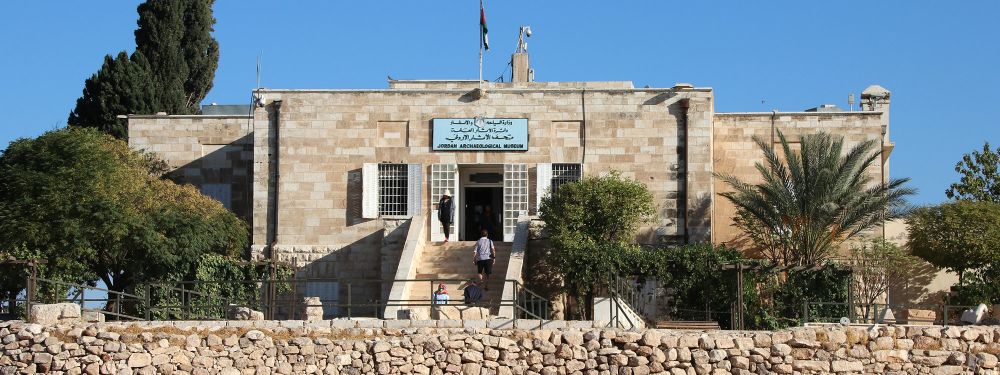

The optimal period to visit the Jordan Archaeological Museum in Amman, Jordan, is during the spring or fall. Specifically, April through May, and September through November offer the most pleasant weather conditions for exploring historical sites. This is when temperatures are mild and the climate comfortable, which is crucial for spending time outdoors, walking around ancient ruins, and delving into the country's rich past. During these months, the heat is not as intense as in the summer, making your visit more enjoyable. The museum itself is a treasure trove of artifacts dating from prehistoric times to the 15th century, including items from the Dead Sea Scrolls, Neolithic statues, and ancient coins, which you can explore without the discomfort of extreme temperatures.
Moreover, visiting in the spring, you can witness the beauty of Jordan's landscapes coming to life with lush greenery and wildflowers after the winter rains. Fall also offers the unique opportunity to participate in cultural events and festivals that take place throughout Jordan, providing a richer cultural experience alongside your historical exploration. However, be mindful that travel during peak seasons means more tourists, so consider visiting on weekdays or early mornings to avoid the largest crowds. Regardless of when you choose to visit, ensure you check the museum's opening hours as they can vary throughout the year, and always respect local customs and regulations when touring the museum and its artifacts.
| Month | Min Temp | Max Temp |
|---|---|---|
| January | 4 °c | 12 °c |
| February | 5 °c | 13 °c |
| March | 7 °c | 16 °c |
| April | 10 °c | 22 °c |
| May | 14 °c | 27 °c |
| June | 17 °c | 30 °c |
| July | 19 °c | 32 °c |
| August | 19 °c | 32 °c |
| September | 18 °c | 30 °c |
| October | 15 °c | 26 °c |
| November | 10 °c | 20 °c |
| December | 6 °c | 14 °c |